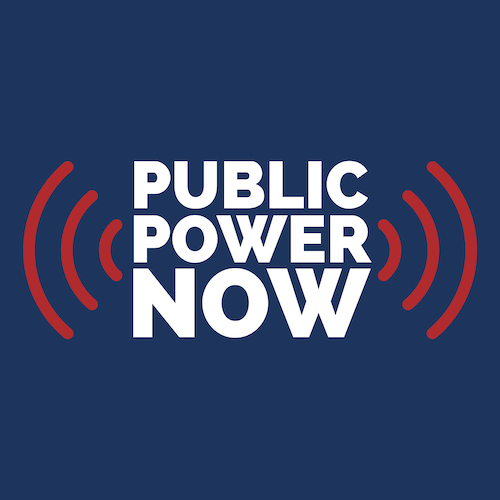Washington State’s Grant County PUD has 75 applications for new and expanding power service from large load customers in a queue maintained by the PUD’s Large Power Solutions team.
Andy Wendell, Senior Manager of Large Power Solutions, told PUD commissioners during their meeting on Aug. 27 that those 75 applicants are asking for the equivalent of 2,897 total peak demand megawatts of power load. By comparison, Grant PUD’s peak load in July was set at about 1,050.
Data centers account for the highest interest in growth in the queue with 1,568 MW. Growth from port districts and other utility and government entities is 547 MW, and chemical companies round out the top three with 343 MW.
Cryptocurrency, mineral and metal processing, and general manufacturing sectors are all wanting about 100 MW each. Quincy, Washington, is the area with the highest level of interest with 1,578 MW while Moses Lake has 1,153 MW.
Wendell said his team is working to make process improvements and recommend policy changes so the queue more accurately reflects applicants who are making a significant commitment to growing in Grant County. One possibility is for more of an up-front cost contribution from applicants, Wendell said.
The contributions would go toward necessary Contributions in Aid of Construction payments that the customers would make to pay for infrastructure built to serve their load. Wendell added that a number of infrastructure studies and improvements would need to be made in order to serve the applicants presently in the queue.
These improvements would including transmission line projects, plus new switchyards and substations.
Commission Approves Integrated Resource Plan
How Grant PUD plans to accommodate for that anticipated growth is outlined in its 2024 Integrated Resource Plan, which was approved by the commission at the same meeting, the PUD said.
The plan outlines how Grant PUD will meet the power demands from customers over a 20-year planning horizon while also complying with state law and participating in the proposed regional Western Resource Adequacy Program.
The plan calls for the following:
- Implement a demand response program providing incentives for customers to reduce load when power demand and market prices are high
- Enter into a Provider of Choice Tier 2 contract with the Bonneville Power Administration
- Using the request for proposal process for pursuing power-purchase agreements, or the ownership of resources including, but not limited to, solar, wind, and battery resources with an emphasis on firm delivery.
- Market purchases and the use of renewable energy credits to supplement power resources
Read more about the IRP on pages 11 to 207 of the commission packet. Hear the discussion at 3:10:00 on the commission audio.
Rate Policy Changes Reviewed by Commissioners
Commissioners also heard and discussed suggested changes to its rate-making policy Resolution 9039, during a presentation from the Rates & Pricing Department.
The draft changes reflect commission policy that “core” customers – residential, ag, and small business – are first in line for the benefits of power generated by Priest Rapids and Wanapum dams and that their power rates would be at or below Grant PUD’s cost to serve them.
Some of the changes state that:
- Core customers will have preferential access to the low-cost power supply resources from the Priest Rapids Project
- Rates would be assessed at least every two years
- Grant PUD would put customers in the rate that is most advantageous for the customer
- Rate changes would occur in small, predictable increases as directed by the commission. Allocations per rate class would be no less than 0.5 times and no more than 2 times the proposed overall rate increase.
- Non-core customers would have the surplus Priest Rapids Project power allocated to them.
- Cost of service analysis would be one factor in determining rates, but societal goals and commission policy would also be other factors.
Commissioner Tom Flint suggested that a simple way to explain these changes might be that non-core customers will have a “no-net negative impact” on the core customers.
Ty Ehrman, the PUD’s Chief Customer Officer, said the “no-net impact” language would be something that could be easy added as a preamble to the updated Resolution 9039.
Commissioners are expected to resume discussions about the rate policy changes during their meeting on Sept. 10.

